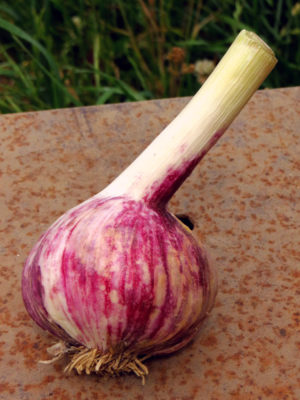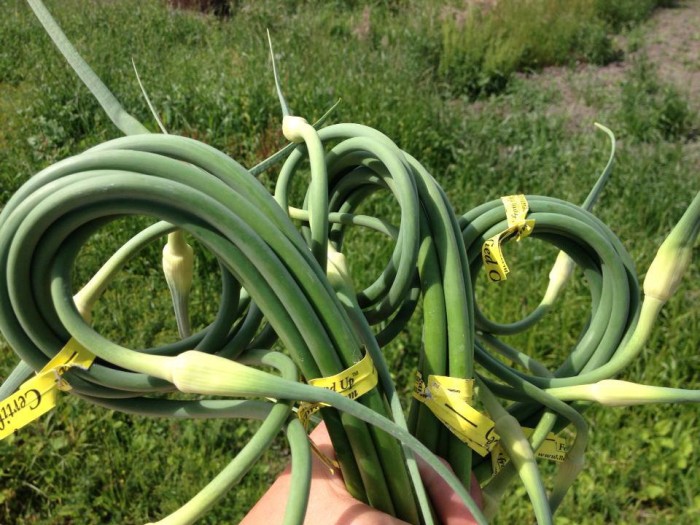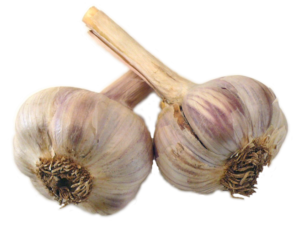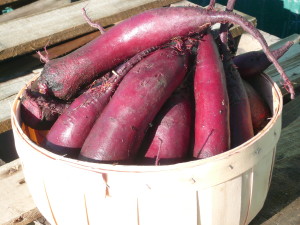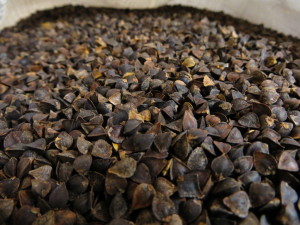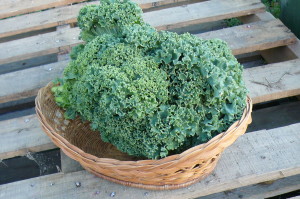2 1/4 cups gluten-free all-purpose flour
1/2 c + 4 teaspoons xylitol
1 tablespoon orange peel, grated
2 1/4 teaspoons baking powder
1 teaspoon xantham gum (only if using Bob’s Red Mill Gluten-Free All-Purpose Flour)
1/2 teaspoon baking soda
1/4 teaspoon sea salt
1/2 cup coconut oil, solid
1 cup cranberries, chopped
1/2 cup almond milk
1 teaspoon vanilla
Preheat oven to 350F. Lightly grease a large, rimmed baking sheet with coconut oil.
In a large bowl combine flour, sugar, orange peel, baking powder, baking soda, xantham gum and salt.
Cut in the coconut oil and hand mix until mixture resembles coarse crumbs. (Hand mixing activates baking soda, which produces an airy dough).
Add cranberries, milk, and vanilla extract. Flour hands and mix until ingredients are combined.
Transfer dough to a lightly floured surface (use gluten-free flour!) and gently knead until ingredients are completely mixed.
Separate into 6 rounds and place on baking sheet.
Sprinkle with xylitol.
Bake 12-15 minutes.
We thank Annie McHale for this recipe.
Have you tried this recipe? Tell us how it turned out!

